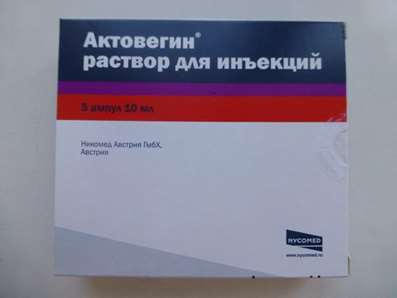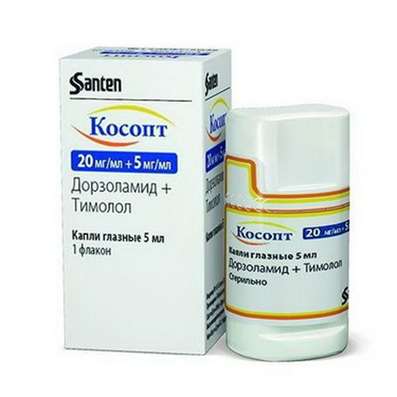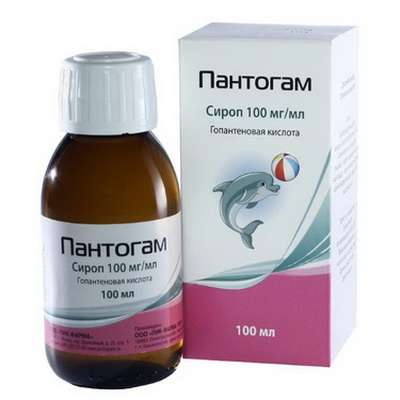Diagnosis of diseases by smell
05 Dec 2016
Biologist Dr. Doping tells about smells of various diseases, the ability of dogs to distinguish patients from healthy people and new methods of cancer diagnosis.
Hippocrates wrote that certain diseases peculiar smell. And many doctors have used this property of the body, in order to make a diagnosis. I think they unconsciously and now take advantage of this, as, indeed, any characteristic odors accompany many diseases.
For some time it has been forgotten, it did not pay attention to the phenomenon of scientific studies have not sought, and partly because it is very difficult to analyze odors. Now with the development of analytical methods, very precise, such as, for example, gas chromatography coupled with mass spectrometry, it is possible to analyze the volatiles present in a certain space. And now starting to develop the science of how smells disease. Indeed, the metabolism is disturbed during the flow of some diseases, and changing spectrum of substances released by the body on Wednesday. Among these substances are many volatile components which are analyzed olfactory system or a gas chromatograph.
There are diseases, which smells quite easy to identify. For example, if a large breaking occurred, does not work any enzyme, the pathways that the enzyme maintained, violated. Therefore, there are substances that are not typical for a healthy body. For example, in phenylketonuria or any other diseases of amino acids stand out, which are not destroyed, as is usually the case with the metabolism. They report a certain smell of human excretion, and it is easy to determine.
Just as in the genetic damage, or any external system, for example enzymatic violate our metabolism microorganisms. Infectious diseases also have a certain smell: it is known that the allocation of cholera have sweet smell, from scarlet fever have a certain smell. However, it turns out that highlight the matter that these diseases are marked, much more difficult than with phenylketonuria, for example, because the metabolic breakdown more and they are not as significant. Therefore, although changing the spectrum allocated substances but to find these major, marker substances in this range is difficult. Although the gas chromatograph shows us how changed substance which appeared, which had disappeared completely unclear whether this ratio is directly to the disease which occurs in this case. It turns out that the biggest problem with the analysis.
I must say that there are only candidates for marker substances that are associated with infectious diseases such as cholera and scarlet fever, that is, the marker substance is very difficult to distinguish. However, this trend is booming, because the analysis of the most volatile compounds in the secretions of sick people enables early diagnosis.
To improve your immune system – use IRS 19, Metaprot, Meldonium, Bonomarlot.
Now a very big interest in the analysis of volatile compounds in oncology. It started a long time ago, about twenty years, perhaps earlier. I do not remember the exact date when the first article - the article was controversial. It was told that the dog owner said that dog sniffs his birthmark, one of many that are present on the body, and it turned out that this malignancy, melanoma. Then first we thought that probably at least melanoma allocates any substance for which a dog may determine that a malignant disease. This interested, and now we know a dozen, probably works in which it is shown that, in fact, dogs and mice can differentiate healthy people from the patient who develops certain malignant growth. Moreover, depending on the work of the research that the likelihood of a healthy distinction from the patient ranges from 70 to 100%, while according to standard markers, which are now known, oncomarkers, as a rule, determine the probability of disease is not more than 50%. If it is possible to distinguish a patient from a healthy person with a probability of 70 and 100%, which means that we can safely allocate already some very large group. As we know, for cancer early diagnosis is very important, and the animals seem to like this experience shows, can distinguish them well enough.
All the complexity, as in the case of infectious diseases, is not to detect the difference in the spectrum of the volatiles emitted by the patient and a healthy person, and to allocate valuable substances. Therefore, we have taken these studies that try to identify the valuable substances, it is associated with malignant growth, rather than with concomitant malignant growth phenomenon - the activation of the immune system, inflammation and lots of other related processes that are associated with tumor growth. To do this, the majority of people, including those abroad, works in humans, but to identify and compare the spectra emitted by the patient and a healthy person, incredibly difficult, because of the many differences between people: they eat different things, they differ by sex, age , all of which it has influence on the odor, and is still not clear in fact, any material, for example, mark a person's gender. Therefore, allocate significant components is very difficult.
We do such a thing: create a model of cancer in mice, they instill cancer cells, and then gives urine a sick animal dogs or mice and see if they differ from a healthy patient. After that, we enable chemists to analyze these substances and to compare them with each other. Since the mouse similar to each other: they are one line, same sex, same age, they eat the same thing, that is, the background spectrum we tried to make as much as possible like to highlight precisely those substances that are linked with the development of the disease. Then we compare, for example, a sick mouse, which oncologic process, with a mouse, in which the inflammation caused by some other agent. Thus, as a flashlight, we try to highlight some important related disease components, and the dogs help us determine if there really is a difference, or is insignificant. Or, say, the smells are so similar that the dogs begin their sometimes confused. This makes it possible to tell analytical chemists, that's the smell of these two are very similar, that is, indeed, the smell, which marks the disease is present in both samples, and some samples are far from each other. By comparing these spectra, highlighting any features, we hope to be able to find these important components that mark the disease, and thus facilitate the diagnosis of cancer growth.

 Cart
Cart





